- Description
- Reviews (0)
Description
Pink Medaka Ricefish
The Pink Medaka Ricefish (Oryzias latipes), also known as the Japanese rice fish or Medaka, is a small, hardy freshwater fish native to East Asia. While “Pink Medaka” isn’t a standard term, it likely refers to aquarium-bred variants exhibiting pinkish hues, often selectively bred for ornamental purposes.
🐟 Appearance & Size
-
Size: Typically grows up to 1.5 inches (3.8 cm).
-
Coloration: Wild-type Medakas are usually translucent with a slight yellowish tint. Aquarium-bred variants can display a range of colors, including pink, orange, and yellow, due to selective breeding.
🌿 Habitat & Tank Setup
-
Tank Size: A minimum of 10 gallons (38 liters) is recommended for a small group of 5–6 fish.
-
Water Parameters:
-
Temperature: 64.5–71.5°F (18–22°C)
-
pH: 6.5–8.5
-
Hardness: 90–447 ppm
-
-
Filtration: Use a gentle sponge filter to maintain water quality without creating strong currents.
-
Aquascaping: Incorporate fine substrate, live plants, and floating vegetation to mimic their natural habitat and provide hiding spots. The Shrimp FarmSeriously Fish
🧬 Behavior & Social Needs
-
Temperament: Peaceful and social; best kept in groups of at least 6 to promote natural schooling behavior.
-
Tank Mates: Compatible with other small, non-aggressive species such as ember tetras, small rasboras, and dwarf shrimp.
-
Considerations: Medakas are known to jump; ensure the aquarium is covered to prevent escapes.Aquariadise
🥗 Diet
-
Diet: Omnivorous; accepts high-quality flake or pellet foods.
-
Treats: Occasional live or frozen foods like daphnia, brine shrimp, and bloodworms are beneficial.
-
Feeding Frequency: Feed once or twice daily, offering only what they can consume in a few minutes to prevent overfeeding. Seriously Fish
🧬 Breeding
-
Breeding Behavior: Egg scatterers; both parents may consume the eggs, so it’s advisable to remove them after spawning.
-
Breeding Setup: Use a separate tank with fine-leaved plants or spawning mops. Maintain a slightly higher temperature and provide low light conditions.
-
Fry Care: Eggs hatch in 10–12 days; fry can be fed infusoria or commercial fry foods until large enough to eat baby brine shrimp or microworms. AquaInfo
🧼 Care Tips
-
Water Quality: Maintain stable water conditions with regular water changes to prevent stress and disease.
-
Tank Maintenance: Avoid overfeeding and remove any uneaten food promptly to maintain water quality.
-
Lighting: Provide low to moderate lighting; floating plants can help diffuse light and create a more natural environment.
Only logged in customers who have purchased this product may leave a review.

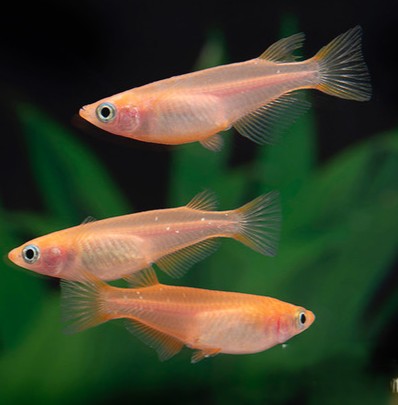
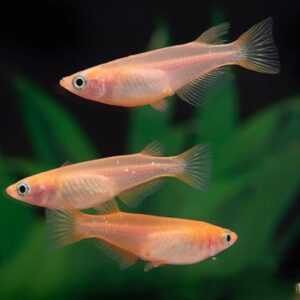
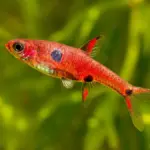
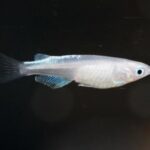
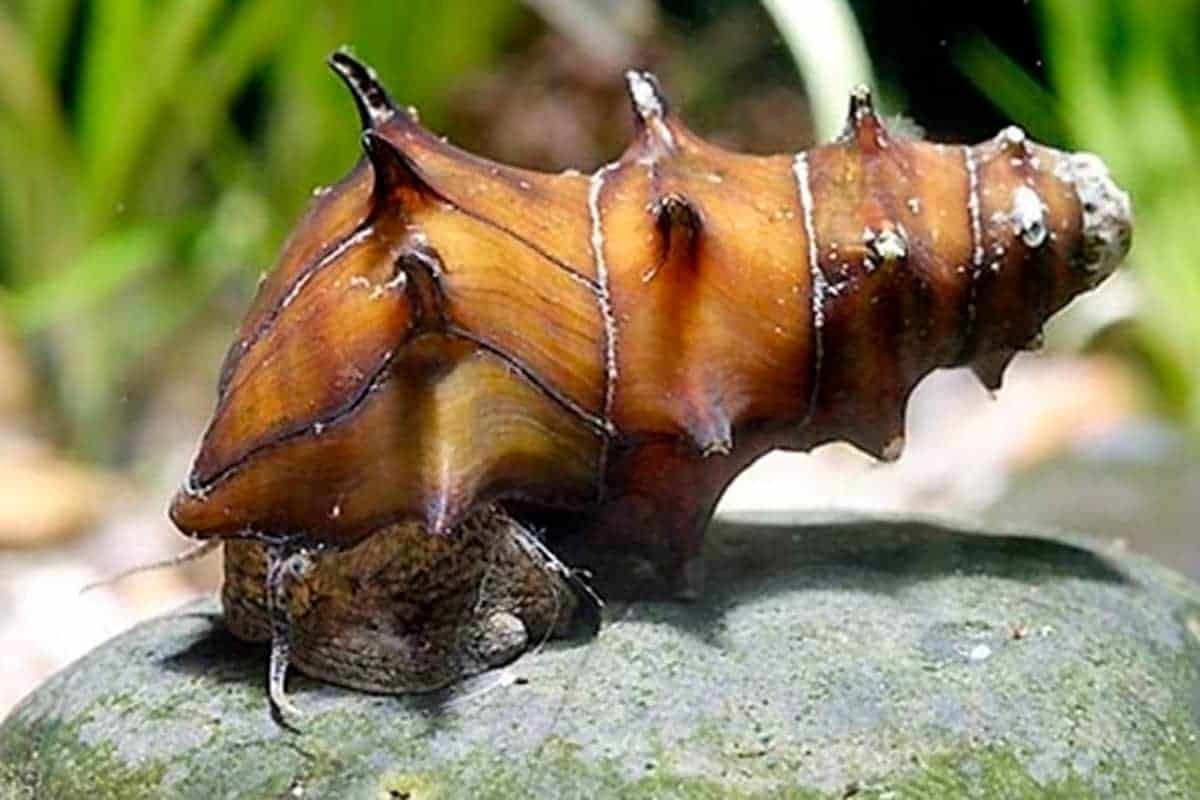
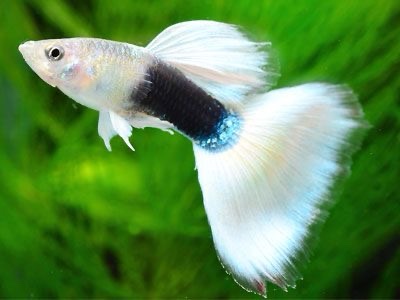




Reviews
There are no reviews yet.